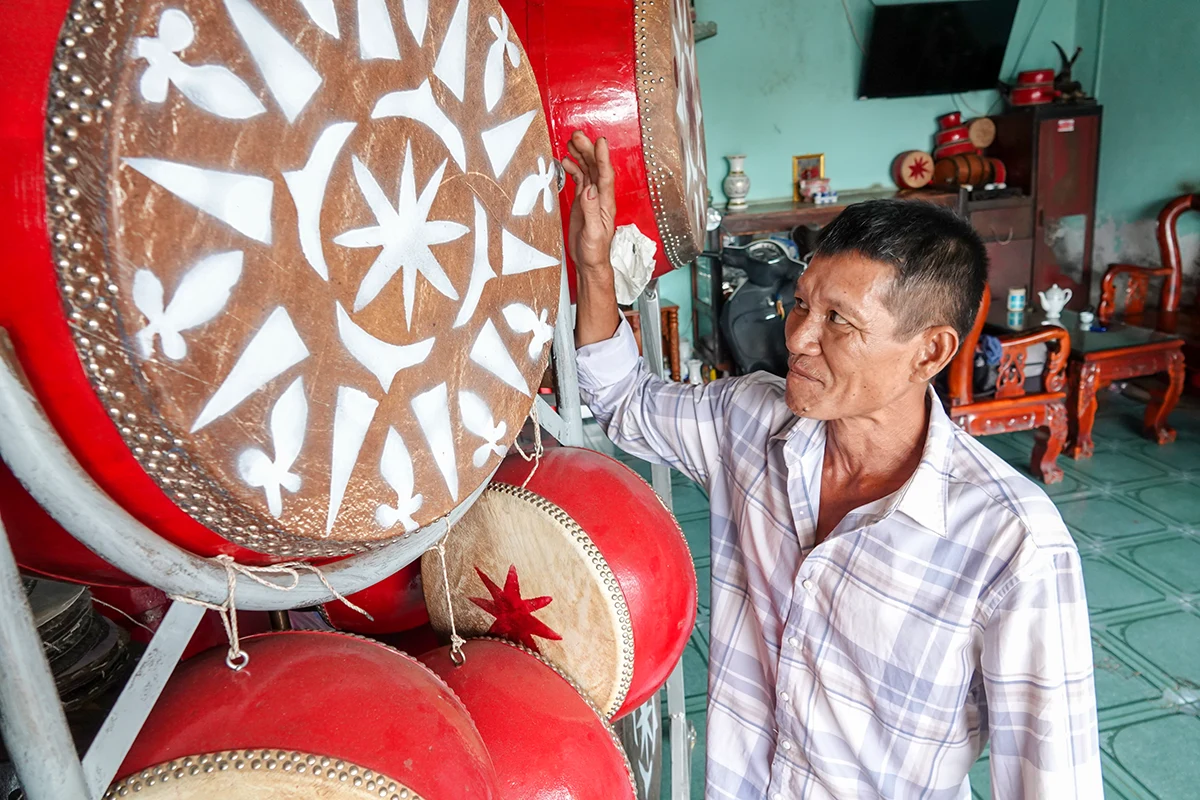
Mr. Ba Vi with the drums.
Mr. Ba Vi’s drum-making facility is located near Cai Tac intersection, in Dong Phuoc commune, and stands out with bright red leather drums hanging on the wall. The workshop is cluttered with large drums, small drums… some are unfinished, some are finished products waiting for delivery. When asked about the drum-making profession, Mr. Ba Vi was very excited, sharing about the 4-generation profession of his family. So that the sound of the drums is still preserved, echoing in Can Tho land.
He said his hometown was in Ha Nam province (old), now Ninh Binh province, in a village with a very long-standing tradition of making leather drums. Since he was a boy of over 10 years old, he followed his family's drum-making profession, helping with age-appropriate tasks. His love for the drum craft grew within him. "At that time, I knew how to think and was proud that I was a small link in the traditional craft of the village. In the past, in my hometown, almost every house had someone who knew how to make drums," Mr. Ba Vi recalled.
In 1990, Mr. Ba Vi left Ha Nam alone, wandering to the Southwest to start a business and find a way to make a living. After trying many different jobs, he chose Can Tho as his second hometown and chose the traditional drum making profession to start his business. Partly because he was skilled at the profession, partly because it was a way for him to ease his homesickness, miss the profession, miss the sound of his hometown drums. “The old land welcomes the new”, since then, for more than 30 years, Mr. Ba Vi has been persistent in the drum making profession, becoming a reputable establishment, supplying drums throughout the West and the whole country.
According to Mr. Ba Vi, to make a complete drum, it must go through many stages from shaving buffalo skin, stretching the skin to choosing wood, burning charcoal to bend, to joining each wooden bar to form the drum body (drum body), covering the drum... The skin to cover the drum must be carefully selected female buffalo skin, scraped clean of membrane, soaked in deodorant water and then dried. The time to soak the skin must also be just right, not too long or too fast, otherwise the sound of the drum will be dull and not resonant. The drum body is usually made from jackfruit wood, because this type of wood has the characteristic of being durable, creating a warm, resonant sound. After being sawn, jackfruit wood is dried, then cut into curved chips, joined tightly together into a circle, creating a solid, tight drum body.
Among the stages, covering the drum (meaning covering the drum body with leather) is considered the most difficult. This stage is not simply stretching the buffalo hide over the drum surface and fixing it with bamboo nails, but the craftsman must also have sensitive and observant ears to sense the sound, so that the drum sound matches each pitch in the drum set. The bamboo used for nails and the bamboo used for the belt must also be different types of bamboo, ensuring compatibility. All stages require meticulousness and generational experience. “Making a drum requires not only skillful hands but also a listening ear. The drum surface must be even, and when stretched, they must be balanced so that the sound will be good and resonate far,” Mr. Ba Vi added.
During its heyday more than 20 years ago, Mr. Ba Vi's drum workshop was always bustling. Every month, dozens of drums were sold, mainly large drums for schools, communal houses, pagodas, temples, or lion and dragon dance troupes. There were months when production was not on time, so customers had to order in advance. Now, purchasing power has decreased a lot, partly because of the popularity of e-commerce, and partly because industrial drums are sold at low prices. To make ends meet, he and his wife opened a sugarcane juice cart in front of their house. Despite the difficulties, he still did not give up his job, and could not stop the sound of his homeland's drums.
Mr. Ba Vi confidently said: “My family has been making drums for four generations, I am very proud and honored. As long as I have the strength, I will continue to make drums.” Whether there are orders or not, Mr. Ba Vi still makes drums, to display and to relieve boredom. That love has helped the sound of drums from the Northern craft villages to still resonate in the Southern land.
Article and photos: DUY KHOI
Source: https://baocantho.com.vn/giu-nghe-lam-trong-gia-truyen-tren-dat-tay-do-a193822.html






![[Photo] Prime Minister Pham Minh Chinh receives Lao Minister of Labor and Welfare Phosay Sayasone](https://vphoto.vietnam.vn/thumb/1200x675/vietnam/resource/IMAGE/2025/11/11/1762872028311_dsc-2246-jpg.webp)

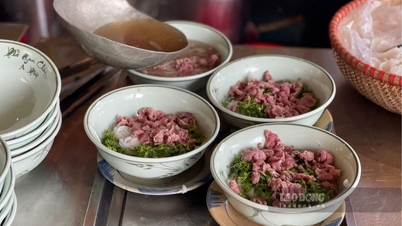



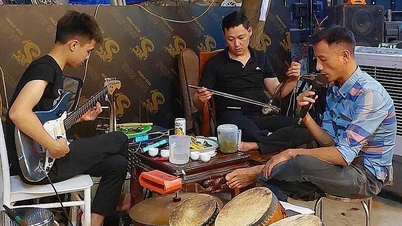



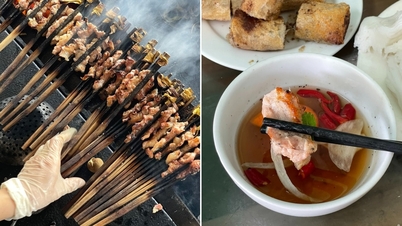



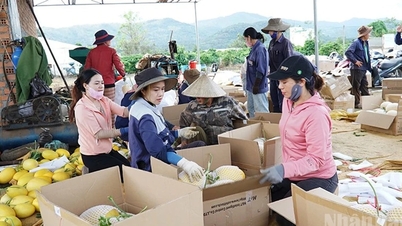







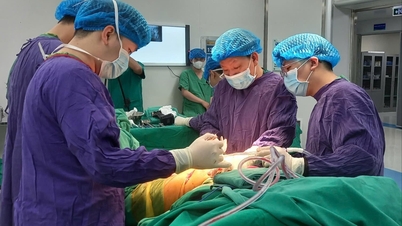


































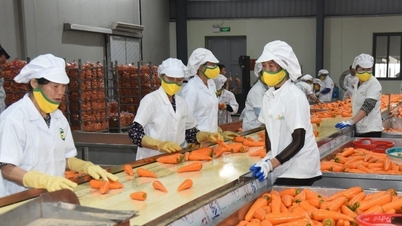










































![Dong Nai OCOP transition: [Article 3] Linking tourism with OCOP product consumption](https://vphoto.vietnam.vn/thumb/402x226/vietnam/resource/IMAGE/2025/11/10/1762739199309_1324-2740-7_n-162543_981.jpeg)




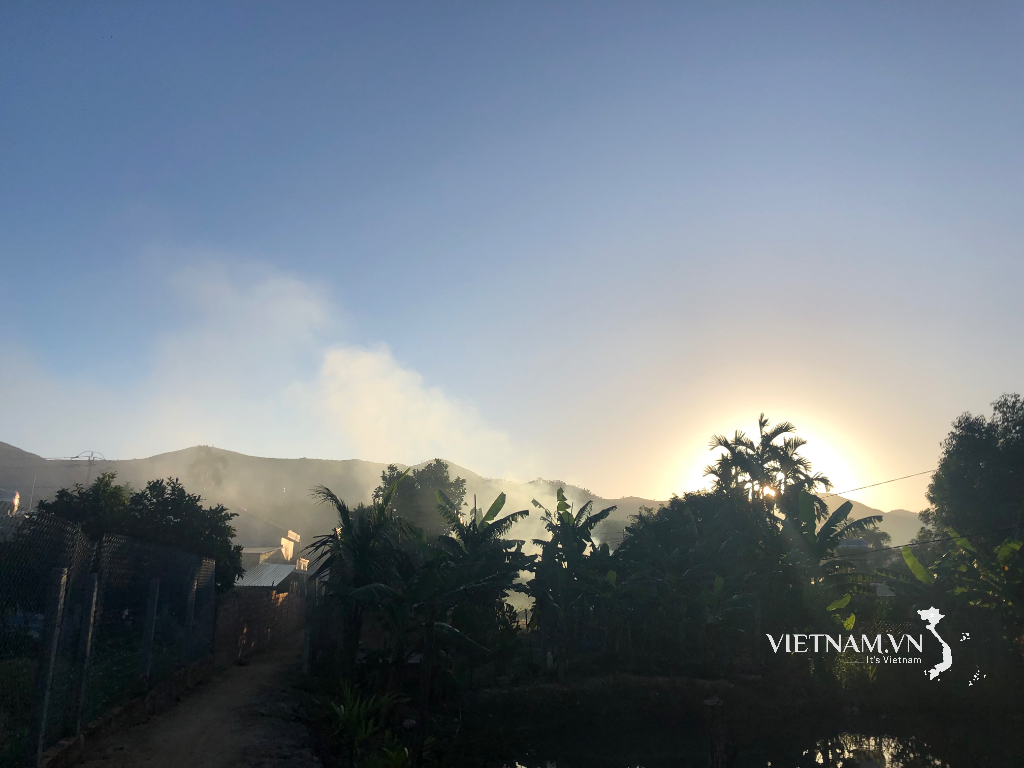



Comment (0)